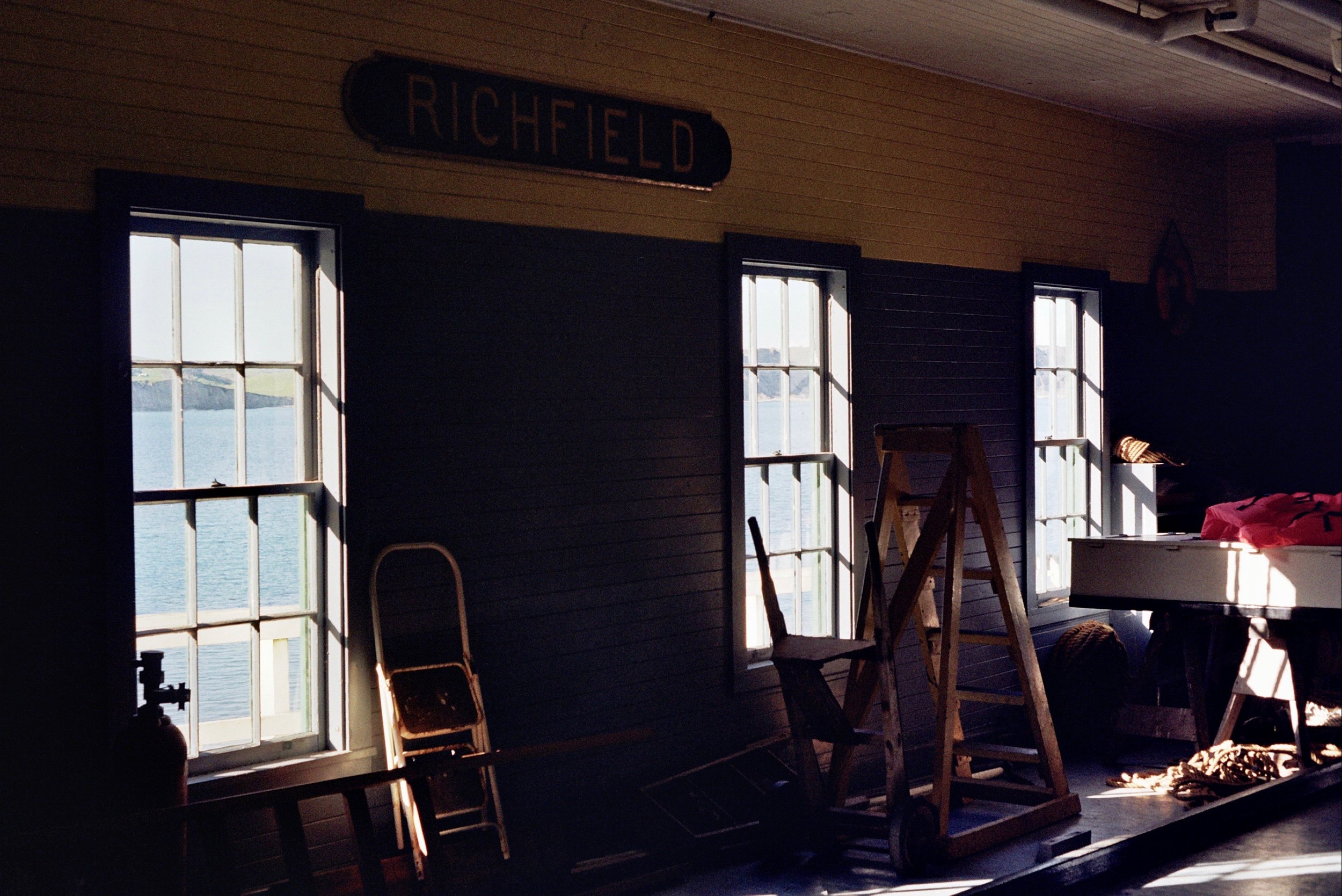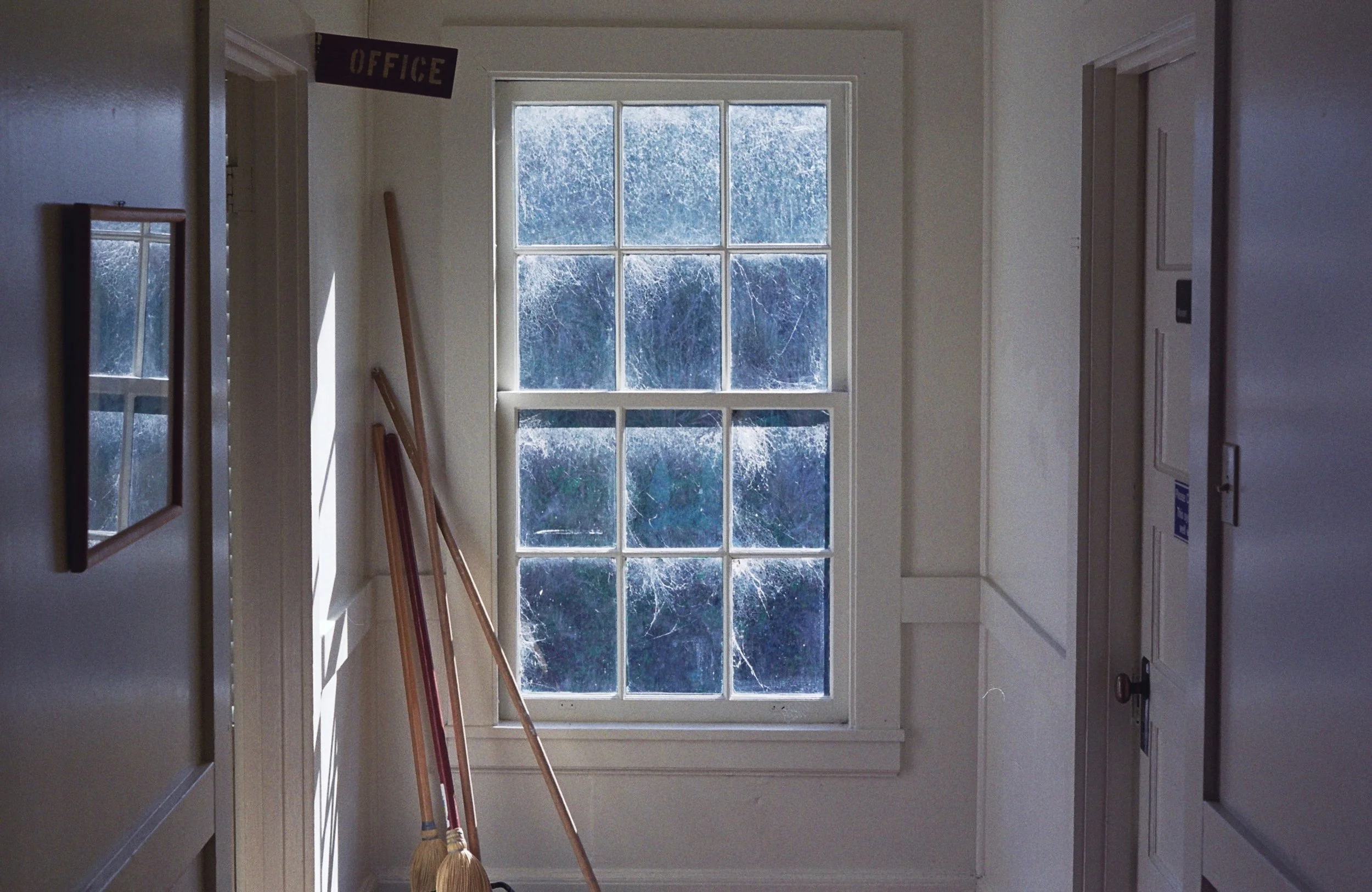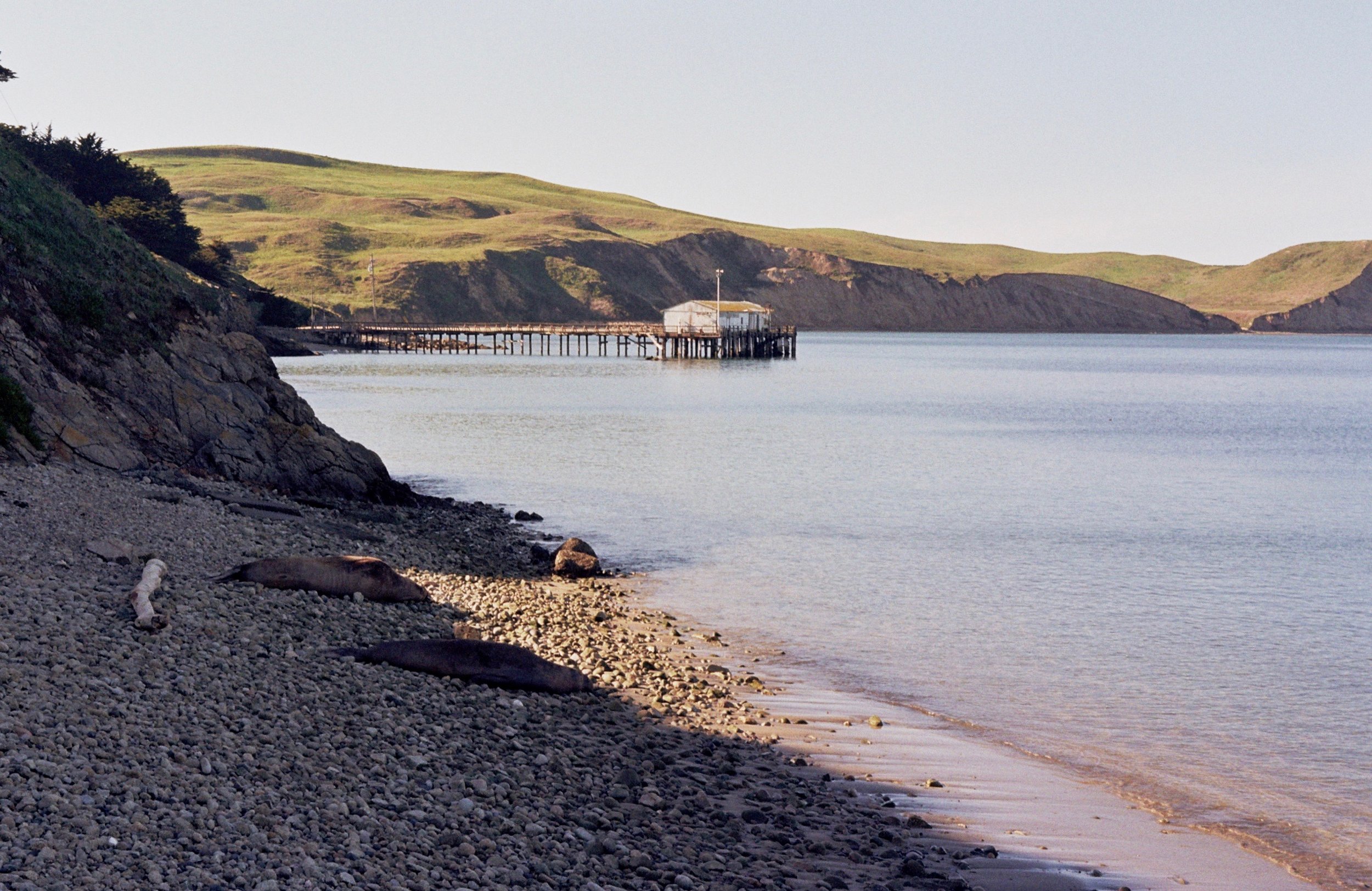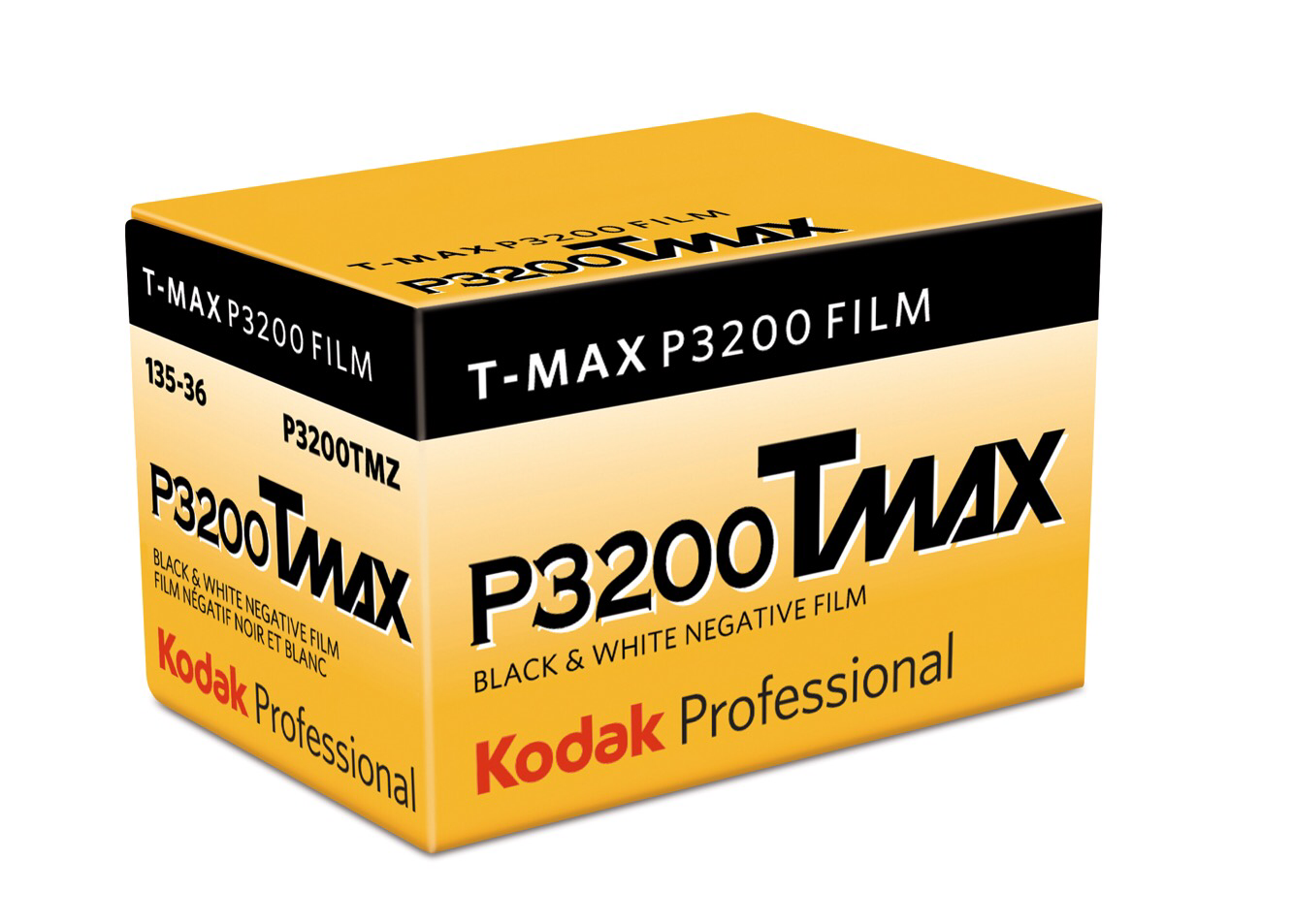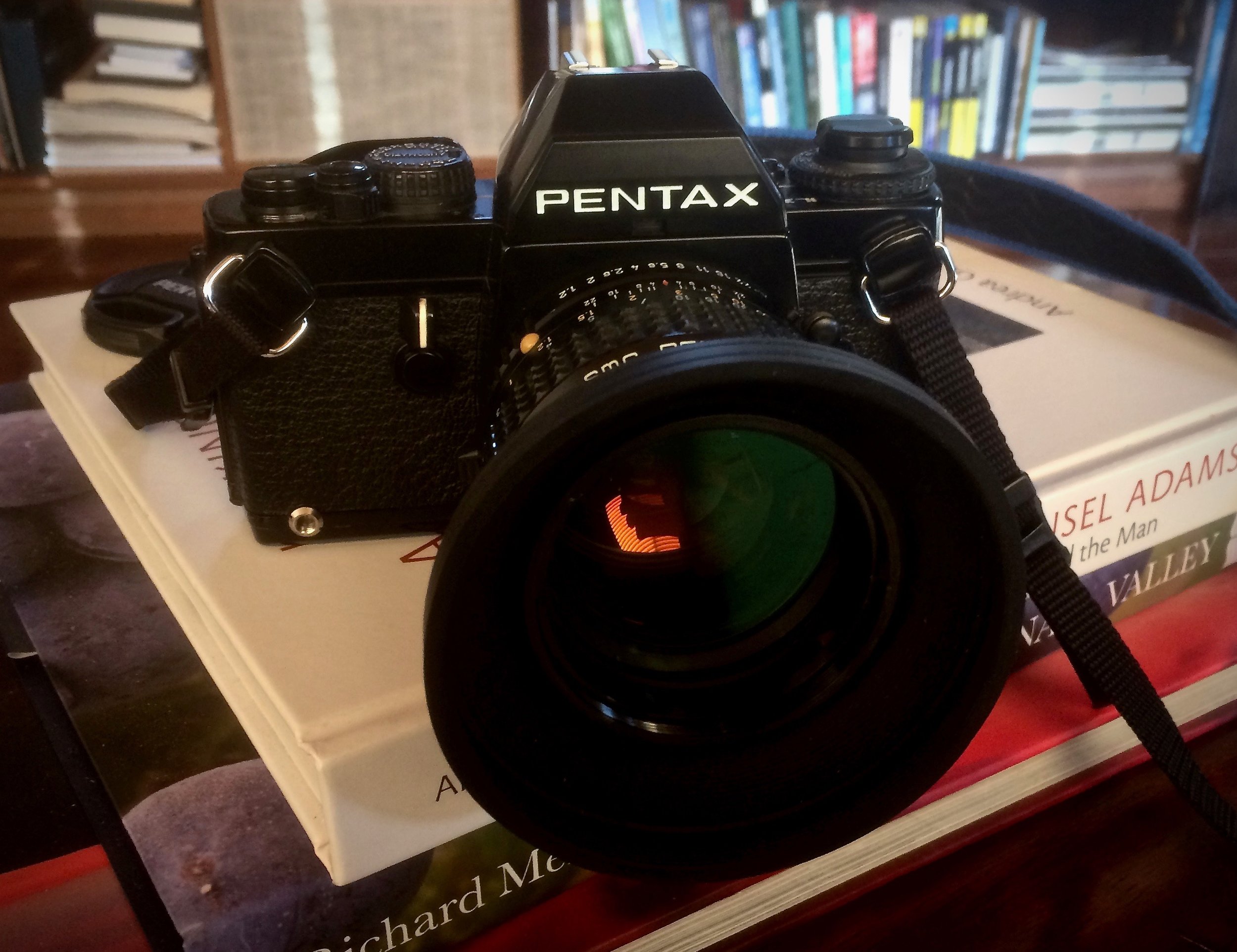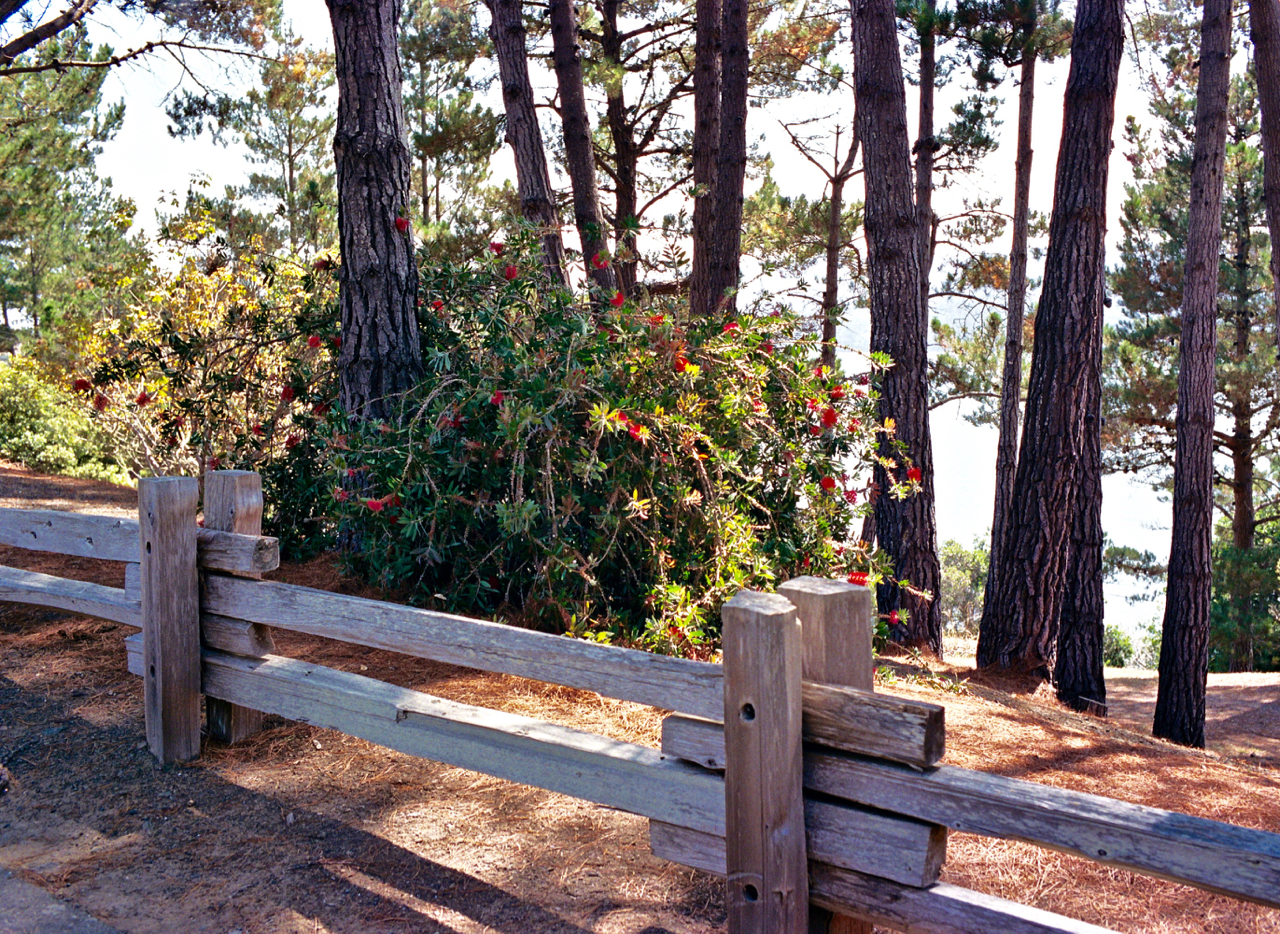A Roll of Kodak Pro Image 100
Over the holidays and into the start of the New Year, I began stocking the fridge with some film I hadn't yet tried - Bergger Pancro 400, Kodak ColorPlus, Ferrania P30, Kodak Pro Image 100, Kodak Foto Pro and some of the new Polaroid color and black and white instant film for the SX-70. I even found another brick from the last batches of Plus-X with an expiration date of this summer -score! My good intention was to do lots of fine photography in 2018. It hasn't quite worked out that way so far.
For the second time in eight years, the wheels had came off of the finely-tuned machine that was my department at work, which has meant more hours at the office and even more working remotely when I'm not there. I haven't been shooting much at all. Sixty some days into the year, I took stock of my situation and realized that I had loaded film into five different cameras and hardly pressed the shutter release on any of them. My five little friends stared at me each time I went into the spare bedroom in my house that serves as my photographic man cave. "Pick us up, take us for a walk, please!" Five cameras, nearly 160 unexposed frames of film inside. I know myself well enough to realize that this thing could well get out of hand and photography could turn into just another chore that I would put off and off to the point that it was no longer fun. A reset was in order. I grabbed the first camera in the row, my lovely Minolta XD. It was loaded with Kodak Pro Image 100 film and I was already a dozen clicks in, even though I couldn't even remember what was on those 12 frames.
It turned out, after the film came back from the lab this past week, that I had started this roll on a Sunday afternoon, weeks before the chaos at work began to consume me, strolling through the streets of Guerneville, CA near the Russian River. I remembered that I had spent the afternoon looking for color and found some outside the Five-n-Dime.
And the sign above the drugstore. I need to come back and shoot this at night.
l don't really know what Pro Image 100 film is or why Kodak re-brands their film with different names around the world. I mean, if it's Gold 100 film, why not call it Gold 100 film everywhere? Whatever this stuff is, I really like the way it renders color and it pairs nicely with the Minolta Rokkor prime 50mm lens.
On the way back to the coast and more for a bathroom break than anything else, I stopped in a little speck of a town called Duncan Mills.
The days were still short when I made these photographs and the hills around the Russian River swallow up the light quickly as the sun makes its end of day dive towards the Pacific. I got off a few more shots and think both my 41 year old Minolta and this odd Kodak film did a good job with the fading light.
I finished up this roll of film a few weeks ago on the beach. It's a few ticks short of a five mile roundtrip walk from my house on a bluff above the beach out to the inlet of Bodega Bay. Deep into professional chaos, a good long walk with a camera helps me clear my head, so I grabbed the little Minolta and set out to wind off the rest of the shots. It was nearly a negative tide, opening up vast stretches of sand for people and pets.
And an easy wade in for some fishing...
As I neared the half-way point of my walk, I noticed the wall of fog quickly moving in over the ocean. You can see it clearly here behind the five gulls.
As I headed back towards home, the fog had pretty much swallowed up the beach.
This was unusually heavy fog for late winter. I'm used to this kind of soup in July and August when, on the Sonoma Coast, we start and end each day in the stuff, but this was odd and it came in fast. The fog pushed in and down on me just at the point in the "clear my head" walk that I was thinking that maybe I just might not be able to get the machine running smoothly again this time.
Like a pouting child, I kicked up some sand with the toe of my Keens and then headed up the dirt path towards home. As I climbed up and away from the shore the sun broke through the fog - a fogdog - then it cleared completely. I finished up the last shot on the roll with the warm sun on my back and it felt good.
























